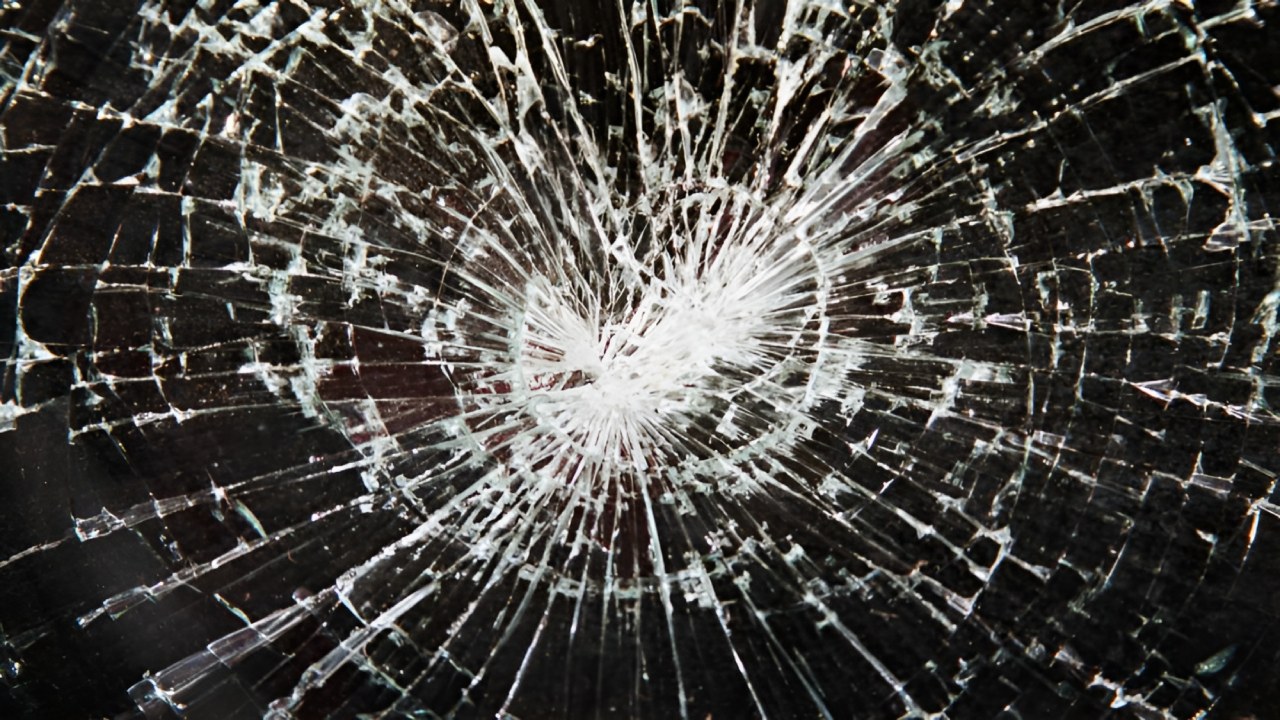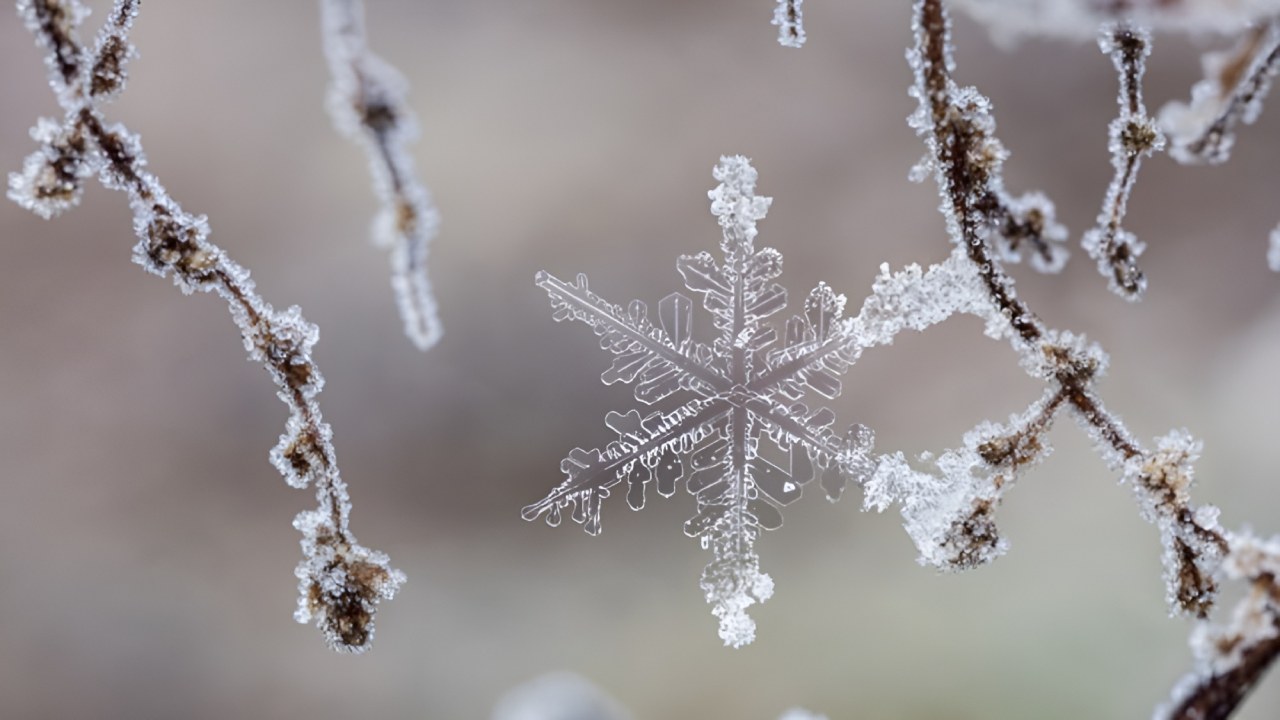As far as we know, snow consists of ice crystals stuck together. These crystals are made of water, and water is colorless. So, if snow consists of colorless water, why is it white?
“Honestly!” This issue may seem insurmountable at first. However When it comes to crystals and snow, different things come into play. enters.
Without further ado Let’s clarify this unknown.
To answer this question, let’s first look at what white is.
about white, white light is the combination of all colors and white is the absence of a color There are two different opinions about it. For example, we use bleach to remove all other colors from clothes and whiten them.
In this case, white is, in a sense, It should be both the combination of all colors and the destroyer of colors. Although all of this may seem a bit confusing at first, we are actually talking about two different issues. These are white light and objects that are white.
Think of a window pane.

Glass, as we all know, is transparent. But if you break the glass into pieces with something hard, you will see a white color. This difference is due to the interaction of light with a surface such as glass, It is not the same as the interaction with a versatile surface such as broken glass. is caused by.
The same goes for snow. Mainly snow, is a large number of ice crystals found together. When a photon, an electromagnetic force, enters a layer of snow, it passes through an ice crystal on top.
It then changes its direction slightly, sending it to a new ice crystal, and the formation continues in this way. Basically all crystals reflects light in all directions and so the light comes back from the snowbank.
This also applies to all different frequencies of light. So all light colors are reflected back.

The color of all frequencies combined in equal measure is white. This is why this is the color we see in the snow. Whereas The color we see in the ice crystals that form snow is not white.
On the other hand, when you look at the glaciers, you can see that the snow sometimes has shades close to blue. This, It occurs as a result of the imperfect structure of the glacier and thus snow absorbs red light and reflects blue light.
Again, it is not correct to evaluate snow as always white or blue. For example, algae growing on snow, It can also make snow appear in different colors.
Our other content that may interest you:
RELATED NEWS
When you learn why the color blue is so rare in nature, you will want to look at the sky every minute!
RELATED NEWS
You’ll Start Counting Just Reading the Title: Why Do We See Brown Things Everywhere We Look?
RELATED NEWS
